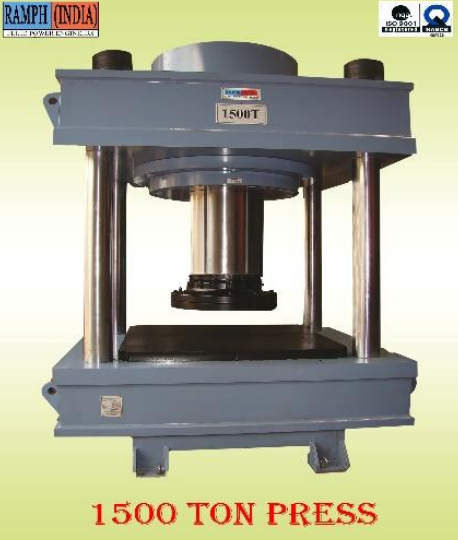Load Cell Calibration Machine
A load cell calibration machine is used to ensure that load cells, which are sensors that measure force or weight, provide accurate and consistent readings. Calibration is crucial for maintaining the reliability of load cells in various applications, such as in industrial scales, testing machines, and weighing systems.
Here are some key components and features typically found in load cell calibration machines:
- Calibration Weights: Standard weights used to apply known forces to the load cells for accurate measurement.
- Load Cell Test Stands: Platforms where load cells are mounted for testing and calibration.
- Digital Indicators: Devices that display the load cell readings and are often used to compare the measurements against known standards.
- Control Systems: Software and hardware used to control the calibration process and record data.
- Adjustable Mounting: Mechanisms for securely mounting and positioning load cells during calibration.
- Temperature Control: Some machines have temperature control to ensure that environmental factors do not affect calibration results.
- Data Logging: Systems to record and store calibration data for analysis and certification.

